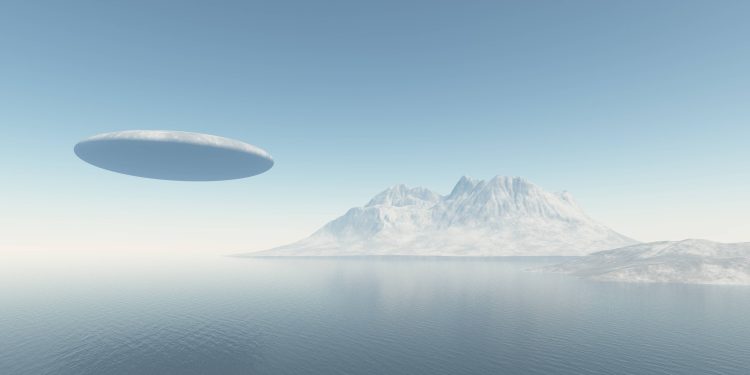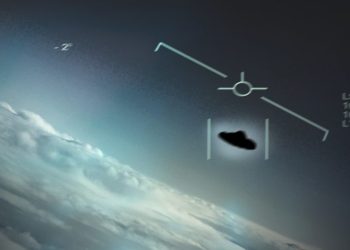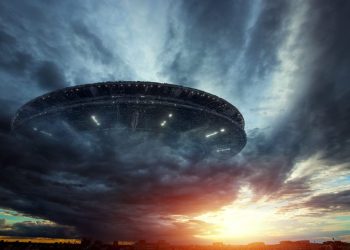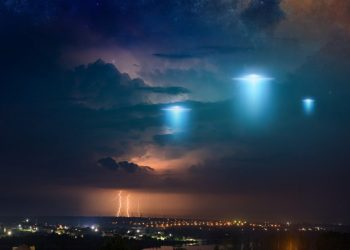The question of whether unidentified flying objects (UFOs) represent alien technology has transitioned from fringe speculation to a topic of Congressional debate in recent years. Central to this conversation is the controversial claim that the U.S. military—and potentially other nations—possess advanced technologies of non-human origin. These claims, described as part of a covert initiative dubbed “Immaculate Constellation,” were brought to light during a Congressional hearing on November 13, reigniting a global conversation on UFOs, or as they are now commonly referred to, unidentified anomalous phenomena (UAPs).
According to witnesses, the Immaculate Constellation program has allegedly operated outside of Congressional oversight for decades, hoarding high-resolution images, videos, and physical evidence tied to UAP sightings. Journalist Michael Shellenberger, who testified at the hearing, described the program as a highly classified effort to investigate UAP encounters, recover potential crash debris, and analyze biological materials or technology believed to be of extraterrestrial origin.
“Let me be clear: UAP are real,” stated Lue Elizondo, former head of the Pentagon’s UFO investigation unit, during his testimony. “Advanced technologies not made by our government—or any other government—are monitoring sensitive military installations globally. The U.S. is in possession of UAP technologies, as are some of our adversaries.”
Elizondo’s statement supports the notion of a “multidecade, secretive arms race,” allegedly driven by attempts to reverse-engineer recovered materials.
Skeptics Demand Evidence
While the allegations are dramatic, they remain unsubstantiated in the eyes of skeptics. No physical evidence was presented during the hearings, and the Department of Defense has consistently denied the existence of the Immaculate Constellation program. Sue Gough, a Pentagon spokesperson, reiterated the stance that there is no proof linking UAPs to extraterrestrial origins. Similarly, the All-Domain Anomaly Resolution Office (AARO), a government entity tasked with investigating UAPs, has found no evidence to support these claims.
Renowned astrophysicist Avi Loeb, who leads the Galileo Project at Harvard University, acknowledged the possibility of secret retrieval programs but criticized the lack of transparency. “All we have seen is written text,” Loeb said. “No credible scientific evidence has been made public.” He emphasized that governments may indeed be studying advanced technology but cautioned against drawing conclusions without verifiable proof.
The Broader Implications: Beyond Politics
The Galileo Project, which aims to detect signs of extraterrestrial technology, recently released data collected over five months, monitoring over 500,000 objects in Earth’s atmosphere. Loeb’s team has also analyzed material retrieved from the crash site of what is believed to be the first interstellar meteor discovered in the Pacific Ocean. Unlike the secrecy surrounding government programs, Loeb promises to openly share findings with the public, underscoring the value of scientific transparency.
“A robust answer to Enrico Fermi’s old question, ‘Where is everybody?’ will originate from scientists—not politicians or journalists,” Loeb stated.
The Congressional hearings, while compelling, leave many unanswered questions. Is the Immaculate Constellation program a genuine effort to understand alien technology, or is it an elaborate myth fueled by misinterpretation and secrecy? Without concrete evidence, the debate remains speculative, though it continues to captivate public imagination.
As Loeb suggests, the truth may ultimately lie in rigorous scientific inquiry rather than political theater. The data collected by independent organizations like the Galileo Project may hold the key to unraveling one of humanity’s greatest mysteries: Are we alone in the universe?











